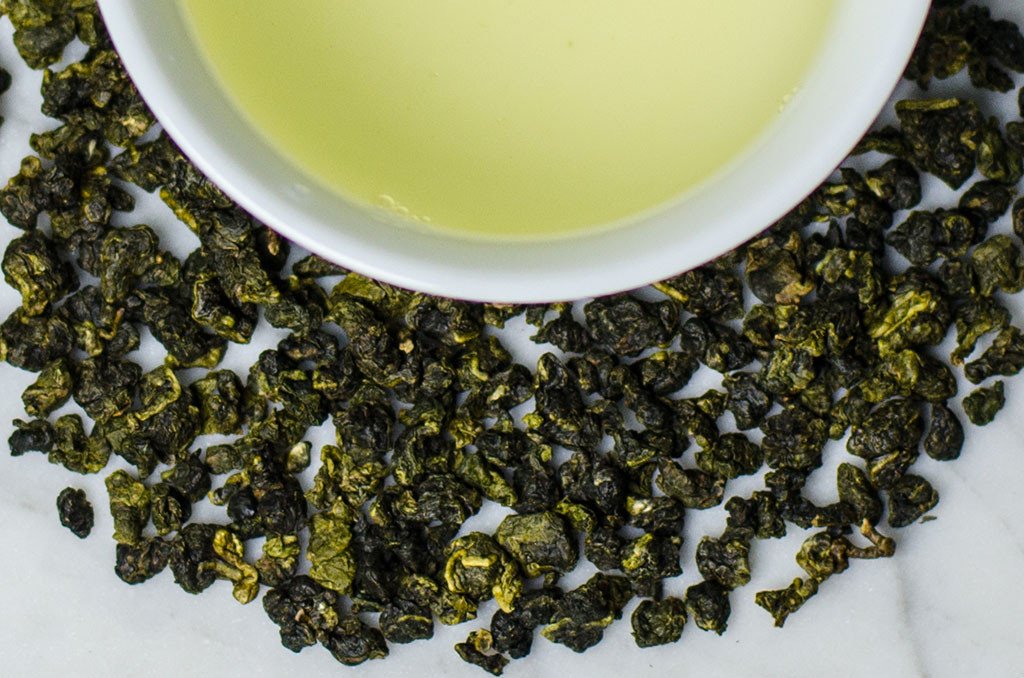
Walk into any tea shop and order the “Oolong”, and get ready to play an exhilarating guessing game in flavor. An oolong could be anything, from a brilliant and vibrantly juicy with crisp notes of pear and pure spring water to something more warm and luxuriant, echoing toasted nuts, peach, and buttered pastry. There’s even the occasional oolong with a shockingly meaty character, its savory minerality developed over weeks above a charcoal fire. Explore deeply, as oolong is truly the tea with a thousand faces, promising flavors, and textures that unfold in novel and exciting ways each time. Oolong is the most diverse category of tea in the world. This impressive range of flavors makes oolong teas an ideal gateway for beginners who seek a foothold for the palate. There’s bound to be an oolong to like out there, and with just a few defining pointers, the exploration of these multifaceted teas can be easy yet endlessly rewarding.
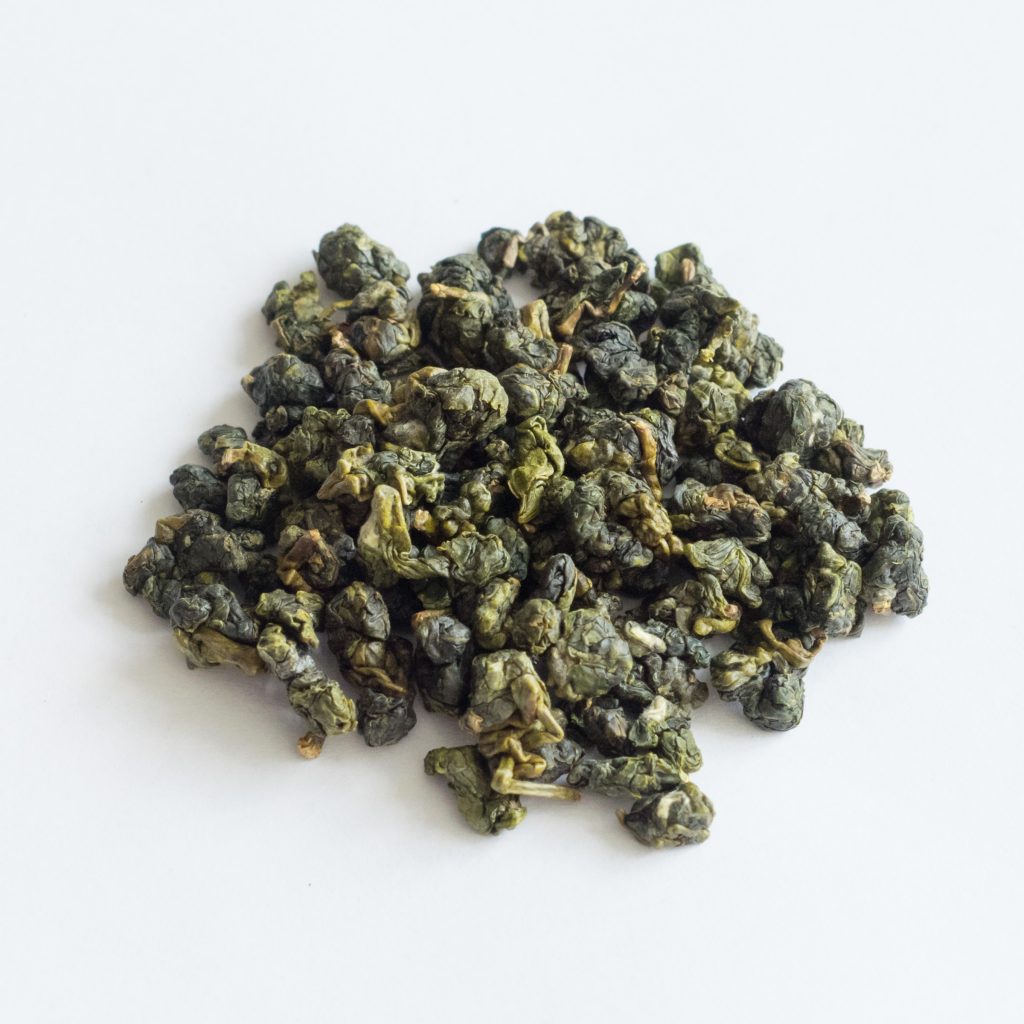
Process: Oolong tea is a traditional tea that is produced through a process that includes withering under the sun and oxidation before curling. The partial oxidation is responsible for Oolong Tea’s color and characteristic taste. It is preferred by many people as it provides the benefits of both green tea and black tea. First, the leaves are withered in direct sunlight and then shaken gently in bamboo baskets to lightly bruise the edges of the leaves. Next, the leaves are air-dried in the shade until the surface of the leaf turns slightly yellow. The process of shaking and drying the leaves is repeated several times. Wild Tea is rare and they make good Oolong. You can check out Wild Tea from Southern Manipur, India
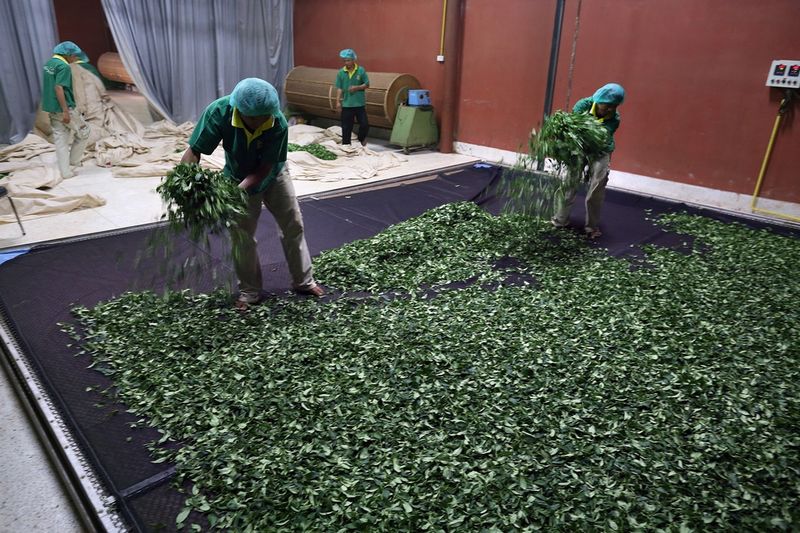
Harvesting: When tea buds of Oolong tea grow to half the size of the fully grown leaf, at that time tea leaves of Oolong tea are plucked or harvested. Withering: Freshly picked leaves are dried under the sun to remove moisture, as the moisture level determines the time taken for tea polyphenols to oxidize. Bruising: It is a continuation of the withering process. This process further removes moisture and grassiness. Tea makers shake the tea leaves in a basket and put pressure on it through the hand. The tea leaves are then spread out. Fixation: The tea leaves are then heated to stop the oxidation process and to kill the enzymes. Rolling: The tea leaves are then rolled by hand pressing to the desired shape. Baking: Oolong tea is then heated slowly at low temperatures for an extended period of time. This extended heating process is the reason for lasting after many infusions as compared to green tea. Sorting and Packaging: Substandard tea leaves are removed and good ones are packed. Now you know the process behind your favourite cup of tea.
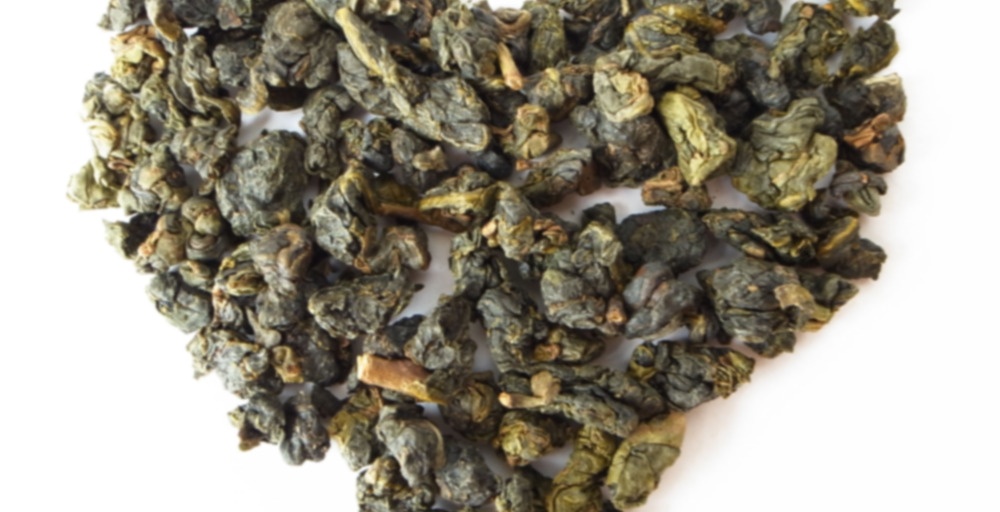
What To Look For In An Oolong: The oolong moniker does heavy-duty in the tea world. Almost anything between green tea and black tea is assumed to be an oolong. This is based on the level of oxidation, or browning, the same enzymatic process that causes apples to turn dark upon exposure to air. Oxidation is important since the chemical reactions determine much of the final flavors and aromas in a tea. Green teas, with almost no oxidation, retain bright green colors and vegetal notes. Black teas, with deep oxidation, exhibit dark reddish colors and bittersweet malty aspects. In the middle of these two extremes is the realm of oolong. Oolong teas undergo partial oxidation, the exact level determined by the teamaker during processing. The result is an oolong with either light, medium, or dark oxidation, a useful benchmark when identifying and exploring teas.
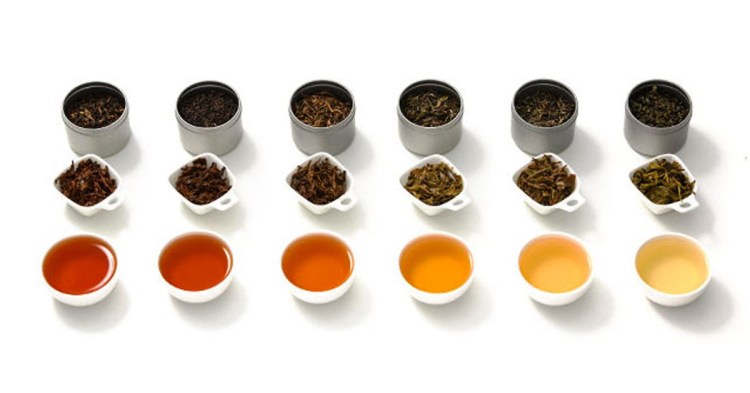
Light Oolongs: Light oolongs undergo light oxidation, around 15-30%. They occupy a spot on the flavor spectrum neighboring green tea, and as such, they offer many of the same lively, fresh flavors. Even this small amount of oxidation adds shocking depth: the often bittersweet edge of green tea is transformed into something crisp, juicy, and aromatic while retaining refreshing vitality. These oolongs often exhibit notes of pear, stonefruit, and white flowers, with vibrant bouquets and a sweetness like sugarcane or creamed honey. The texture is soft but full: many light oolongs have an almost silky texture, as exhibited by the famously milky Golden Lily, nicknamed Milk Oolong. In the best light oolongs, the classic, defining trait of good Oolong the aftertaste is already developed. It shows up here as a sweet, often fruity, and cooling aroma that lingers for a time on the palate, extending the experience of the tea. As a whole, light oolongs are extremely likable. Mellow and yet deceptively flavorful, these teas pair fabulously with delicate dishes like seafood and fine pastries. They tend to be easy to brew and can serve as a replacement for often-finicky green teas.
Medium Oolongs: Medium oolongs are left to oxidize a little longer during processing, sitting at around 30%-60%. Whereas light oolongs can sometimes be confused for green teas, here the “oolong” character becomes unmistakable. Medium oolongs are satisfying, rich, and often compellingly complex, with a fascinating interplay of floral, fruity, and savory notes. A rich texture has begun to develop, full and structured, the aftertaste lush and resonating. Especially at first, these oolongs demand time to process. They are playful but challenging teas, offering dimensions of flavor that can often be missed without attention. A medium oolong can start with a disarmingly simple first impression, before exploding into a shocking cornucopia of aromatics like pine, toasted nuts and exotic flowers. It’s in the middle of the oxidative spectrum that the tea plant’s endless potential flavors can manifest in unpredictable ways, sometimes clashing, sometimes coming together with surprising harmony. To tame these explosive flavors, many teamakers chose to roast their medium oolongs. This causing the natural sugars in tea leaves to caramelize and exhibit a honey-like sweetness. The dry leaves alone of a roasted tea can fill a room with a delicious aroma. Because of their complexity and range, medium oolongs do well to bridge sweet and savory courses, and can stand brilliantly on their own as part of a focused tasting.
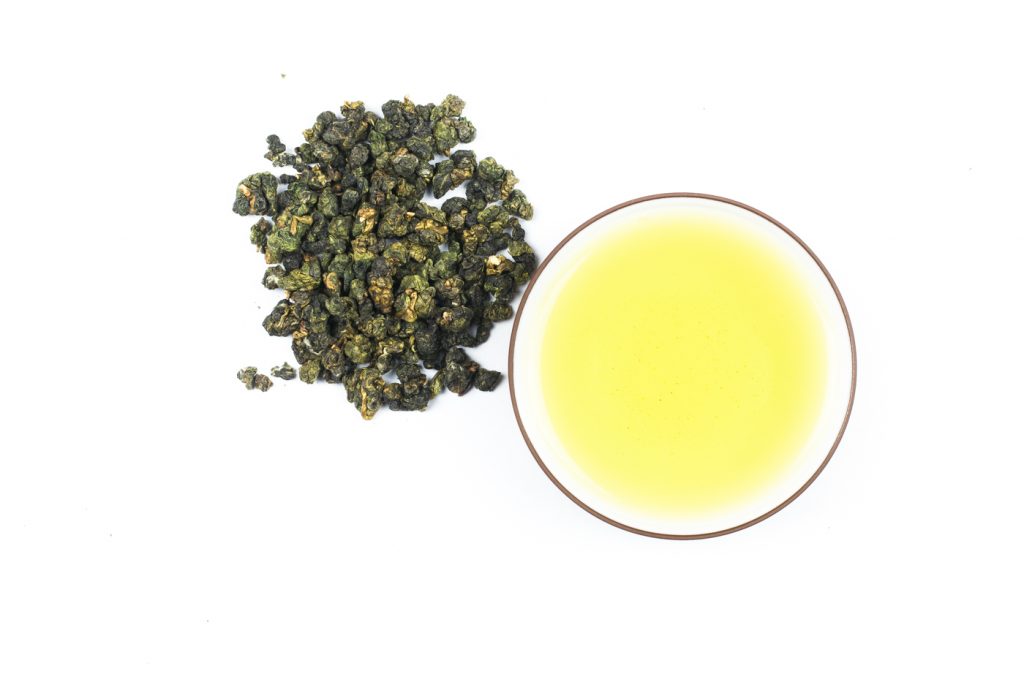
Dark Oolongs: Dark oolongs toe the line before black tea, and are oxidized to around 60-80%. Some of the black tea character is exhibited here: rich, malty, and satisfyingly bold. As in red wine, notes of ripe red fruit, wood wisps are common, as is an elegant structure in the texture, a factor of increased tannin content. Majority of dark oolongs are roasted, bringing out a deep, warm sweetness that only serves to highlight the rich fruity character that is common among these teas. However, an excessive roast is undesirable, as the tea’s natural flavors should not be overtaken by the roast. When properly processed, the warm intensity of a dark oolong is balanced by its aftertaste, which can be surprisingly cool and refreshing; as in Crimson Oak, where decadent notes of baked apple and oak give way to a delightfully juicy finish. Overall, dark oolongs offer an inviting balance between decadence and elegance. They are excellent teas to exhibit on their own or on the dining table, standing up well to meats and rich desserts. These teas are also a fantastic gateway for coffee and wine drinkers, and make life-long connoisseurs thanks to their developed, layered flavors.
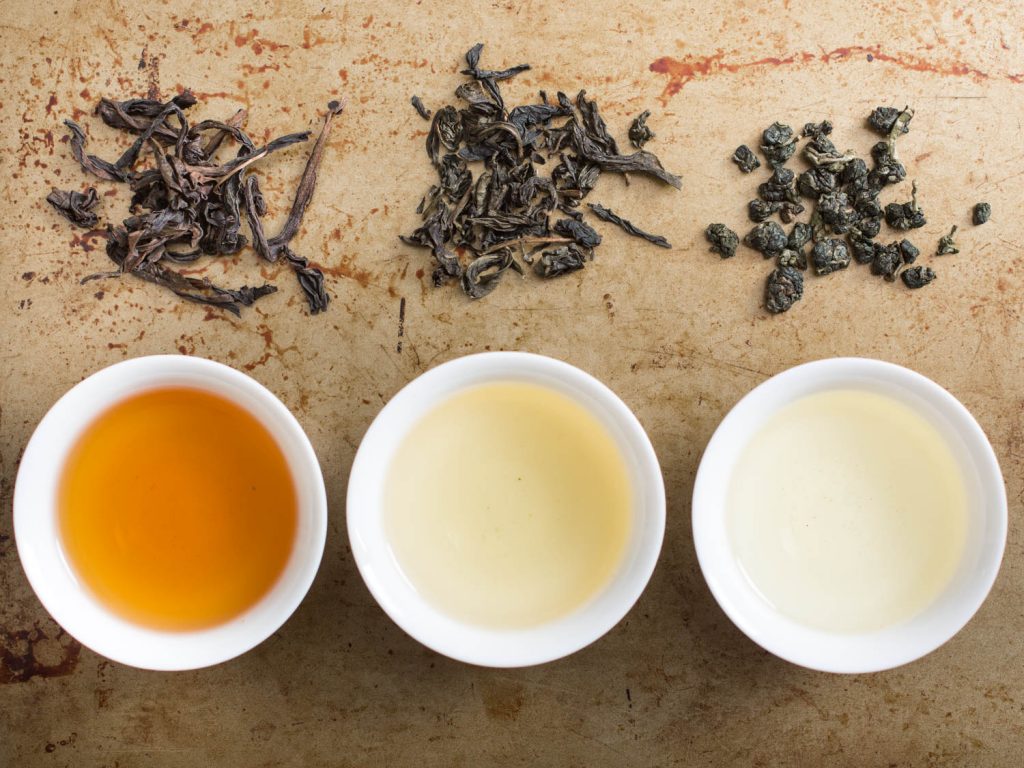
Stocking a Tea Collection: Because two oolongs can be dramatically different, it’s not uncommon for some tea drinkers to strongly prefer just one or two types. However, there is enough diversity even in each subtype that most oolong drinkers enjoy the full range of the spectrum. Oolong has few detractors and many die-hard collectors. For a well-stocked tea collection, it’s recommended to have at least one of each type. Start building a practical and delicious collection with teas that serve a purpose for every occasion. A light, creamy oolong like Golden Lily provides a likeable crowd-pleaser; an aromatic, intriguing medium oolong like Frozen Summit can stand alone in a focused tasting; while a rich, satisfying dark oolong like Crimson Oak sets the mood for elegant dinners and cozy, rainy days alike.
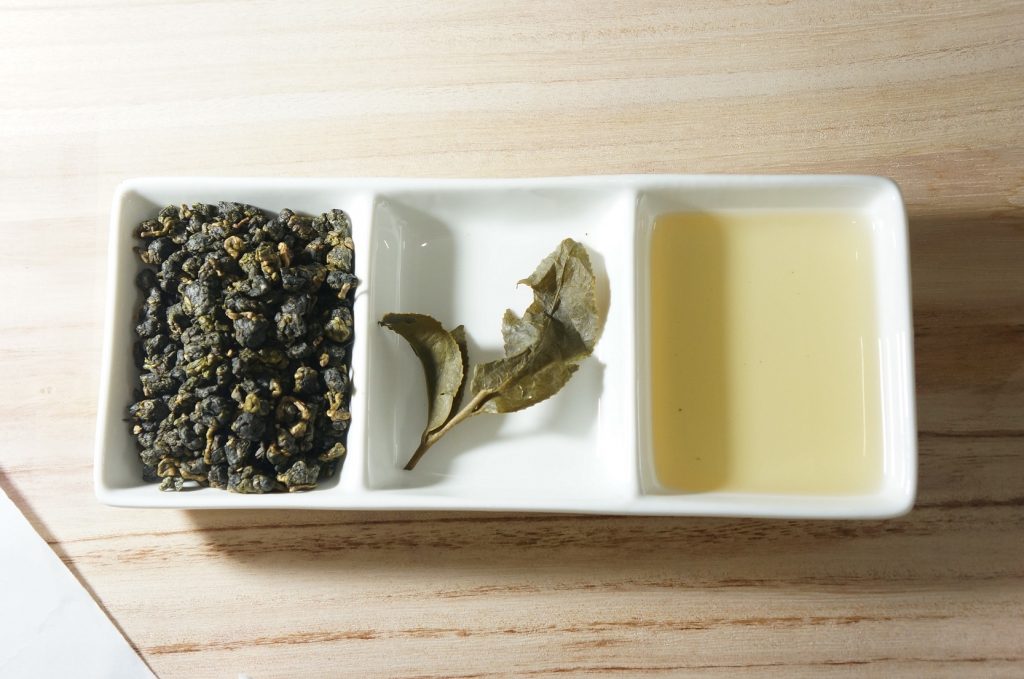
Brewing Oolong: Among the categories of tea, oolongs are relatively easy to brew, and offer some of the most endurance in flavor, often capable of 5-10 re-steeps. This is especially true with well-processed oolongs from a reputable source. In general, the higher the quality of the tea, the more forgiving it is to brew. For example, a store brand oolong can be as unforgiving and bitter as a harsh green tea, while a high quality oolong, though perhaps similar in appearance, manifests sweet and silky in the cup with almost no bitterness. Taiwan’s oolongs tightly rolled into pearls during processing, perform best with near-boiling water to help open the leaves. The hotter the infusion, the more flavor is extracted from the leaves, so use high temperatures of 195°F to 205°F as a baseline for brewing. Should the tea turn out too strong or bitter, reduce the time of infusion, keeping the amount of tea, the volume of water, and the temperature constant. A ratio of 03 grams per 100 ml of water is a reliable standard. The ratio of leaves to water is increased with gongfu style brewing, a method ideal for oolongs, though not a requirement.
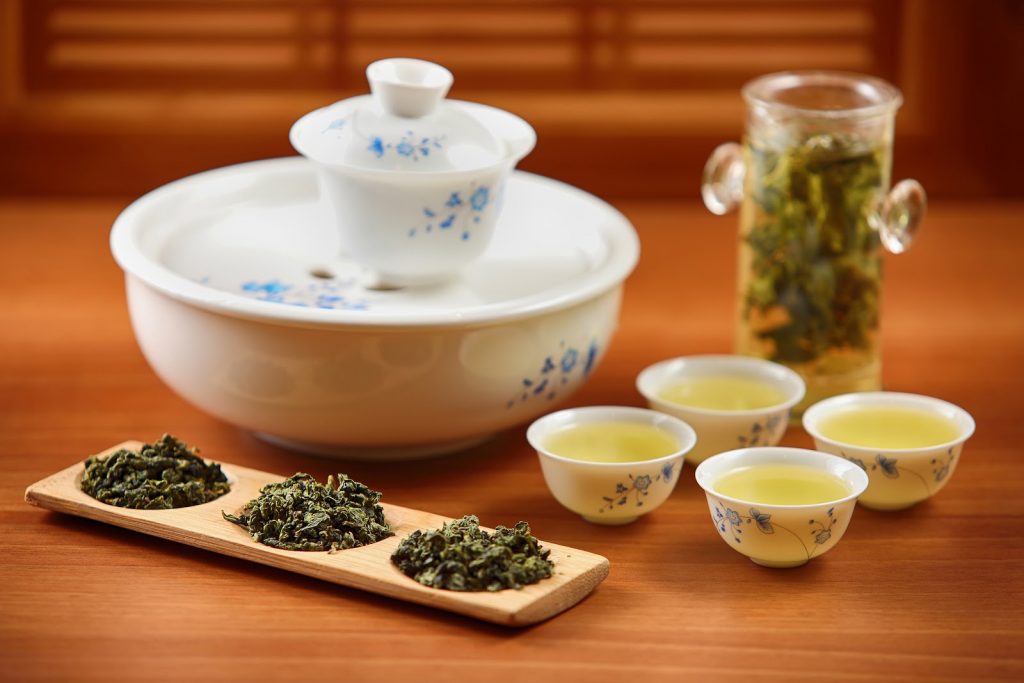
Boundless Possibilities: Re-brew oolongs multiple times. Each infusion will reveal a slightly different experience, especially with medium oolongs. Only when the leaves are fully opened, or the wet leaves lose their aroma, is the tea completely spent. There are no set guidelines for perfect tea brewing. Preferences change from person to person, and even from day to day. Oolong allows for, and even encourages, experimentation and variety. It’s common for the same oolong to express a slightly different flavor profile from session to session, depending on the brewing parameters and even teaware and environmental influences. Oolong can also be used in a variety of preparations. To add complexity to a marinade or dry rub, take a smoky, intense oolong like Iron Goddess and crush the leaves finely with a mortar and pestle, then use like dry spice. To make a cold-brewed tea, steep tea leaves overnight with filtered water in a mason jar, giving an initial shake to help unfurl the leaves. Leave in the refrigerator for 08-10 hours, up to 36 hours for increased extraction.

Contact: Sumanta Sarkar Or Visit: www.dreamwaydestinations.com & www.visittobengal.com Or Call us at +919733465000 & +919474092500 Or WhatsApp : +918617432205 Or Mail Us: info@dreamwaydestination.com